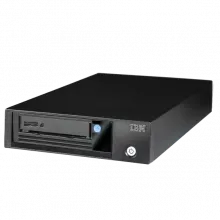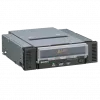
A tape drive is a data storage device used for reading from and writing to magnetic tape cartridges. It's a sequential access storage system that records data in linear tracks along the length of a magnetic tape. This technology has been prevalent for decades, known for its reliability, longevity, and cost-effectiveness, especially for long-term data archiving and backup solutions.



